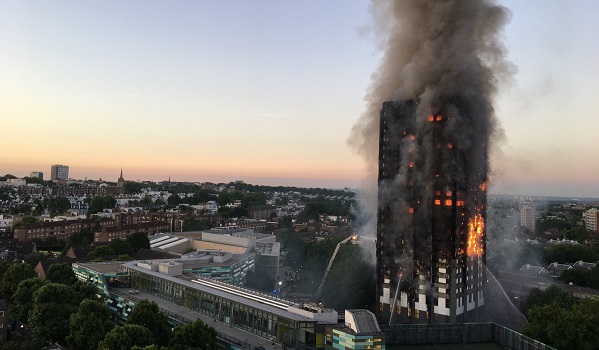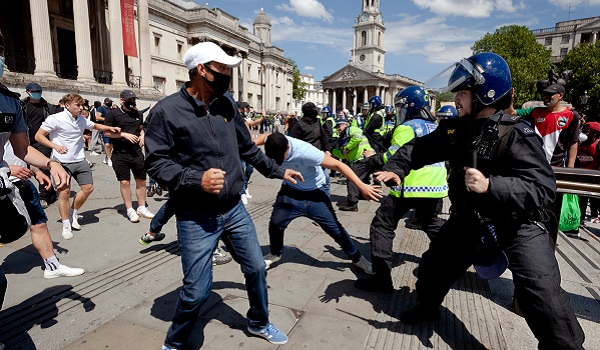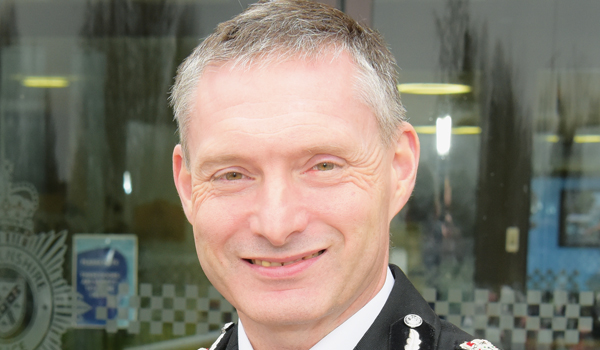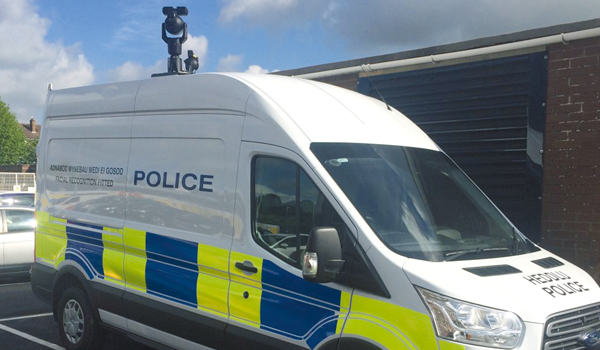NPAS helicopter encryption error ‘contributed’ to Grenfell deaths
Communication issues between helicopters of the National Police Air Service (NPAS) and the London Fire Brigade (LFB) could have contributed to the loss of life during the Grenfell Tower fire, according to a public inquiry report published today (October 30).
The June 2017 blaze claimed 72 lives and inquiry chair Sir Martin Moore-Bick concluded there were “systematic failings” by the LFB. In particular, residents were initially told to “stay put” rather than being evacuated from the building. The report says this order should have been revoked far sooner.
However, the report also notes that footage shot by NPAS helicopters that could have significantly altered the response of the LFB commanders at ground level could not be accessed during the most critical time of the incident.
The fire was initially reported at 12.54am and the first firefighters reached the tower six minutes later. The Metropolitan Police Service (MPS) declared a major incident at 1.26am, just as the flames reached the roof of the tower and began to spread horizontally.
The first NPAS helicopter arrived just before 1.50am, by which time 168 of the 297 occupants of the tower had escaped. All NPAS helicopters are fitted with a ‘heli-tele’ visual communication system, which allows images from their video cameras to be transmitted to receiving equipment in command units and control rooms.
For security reasons, the transmissions are encrypted and for a LFB command unit to receive video signals from an NPAS helicopter and watch the live feed it is necessary for both the transmitter and the receiver to have the same encryption keys installed.
The report highlighted that at the time of the fire, a number of regular NPAS helicopters were being serviced and those that did attend defaulted to the National Police User encryption channel rather than the National Emergency Service channel, meaning the LFB did not have the relevant encryption key and could not view the images.
This was not evident to the NPAS crews at the time because they had never received any training on the differences between the two encryption systems.
Helicopter footage was not made available to the LFB until after 10am.
The report states: “It would have been extremely valuable, at that crucial stage in the incident, for the LFB to have been able to obtain an aerial view of all four sides of the tower… if nothing else, it might have enabled them to appreciate that the fire was not confined to the exterior of the building, as they appear to have believed, but had penetrated a large number of flats, with the result that the compartmentation of the building had completely failed.
“Their failure to appreciate that the fire had penetrated the interior of the building contributed to the delay in the decision to revoke the ‘stay put’ advice to residents. Seeing the visual images might also have brought forward the point at which the LFB declared a major incident.”
The report adds: “It must remain a matter of criticism that the NPAS helicopters which did attend all defaulted to a channel that disabled the LFB from being able to view the live feed until many hours into the incident.”
Responding to the report, MPS Commander Stuart Cundy said: “Today’s report is the culmination of several months of public hearings into the events of that night and the response of all the emergency services. We supported the inquiry with officers and staff giving written and oral evidence. The public hearings and the report are important steps in establishing a full picture of events and identifying what can be done to prevent such a tragedy in the future.
“The report makes a number of observations about the Met’s response that night. The report also identifies how the emergency services can improve their response and work together more effectively. It recommends changes to our joint protocols to make clearer the lines of communication to be set up during a major incident. We will work with colleagues in London and nationally to review the protocols and make any necessary improvements.”







